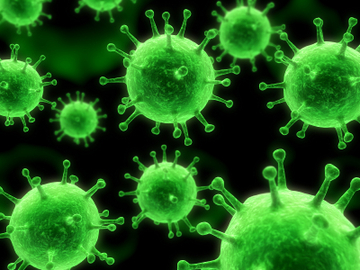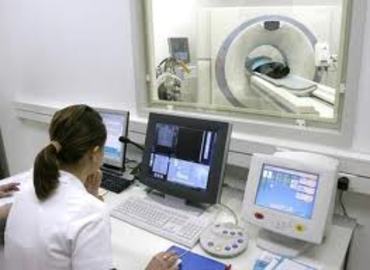Introduction

Achondrogenesis is a group of rare disorder that affects the development of bone and cartilage of the foetus. Achondrogenesis is classified into type 1 and type 2. The condition is characterized by short limbs, dwarfism, a large head and a narrow chest. Unfortunately, babies born with this condition do not survive and die within hours of being born because of breathing problems experienced as a result of the narrowed chest cavity. This disorder is inherited and is caused by a growth hormone deficiency. This disorder can cause a lot of distress to the parents and is today diagnosed during pregnancy by means of ultra sound scanning.
History

Though the condition has existed for sometime, it was first described by Marco Fraccaro in 1952 when he came across a still born female and noted its disproportionate features and its distended fore head and abdomen. In the 1970s researchers came to name achondrogenesis type 1 as Fraccaro-houston-Harris type after people who had observed extensively over time. Type 2 was named Langer- Saldino type. The differences were mainly in radiology and histology. Type 1 achondrogenesis is also characterized by multiple rib fractures. Later research in the eighties split the classifications into type 1A, Type 1B and type 2. The types of achondrogenesis are distinguished according to their genetic cause, inheritance pattern and signs and symptoms.
Features

It is a fact that children suffering from achondrogenesis die within hours of childbirth. Although there have been cases of babies who have survived longer, they were on expensive life support machines with no hope of independent survival.
Another fact is that there is a difference between this condition and dwarfism which is also called achondroplasia. Children born with dwarfism live a full life unlike with the previous condition where they are still born or succumb to respiratory complications soon after.
One can be able to diagnose achondrogenesis as early as 13 weeks into the pregnancy using ultrasound. This way the parents may be counseled and advised on what options they have in case the foetus shows signs and symptoms of suffering from disorder. One option available is abortion as nothing can be done to cure the condition and it is futile and depressing to go through with the pregnancy to full term.
Achondrogenesis is inherited. Do not be lied to that this condition can be caused by diet and other external factors. It is passed on from one generation to another and sometimes a child with almost similar abnormalities may be born due to a mutation.
Sometimes when describing a still born, people may describe it as a child born without bones. It can be said to be so because type 1 achondrogenesis is characterized by multiple rib fractures and some parts of the skeletal tissue are underdeveloped. Many people do not have the facts and babies born with this disorder have been viewed with suspicion and said to be a bad omen.
Tips and comments
It is good to have extensive medical records from both partners to detect the disorder early.